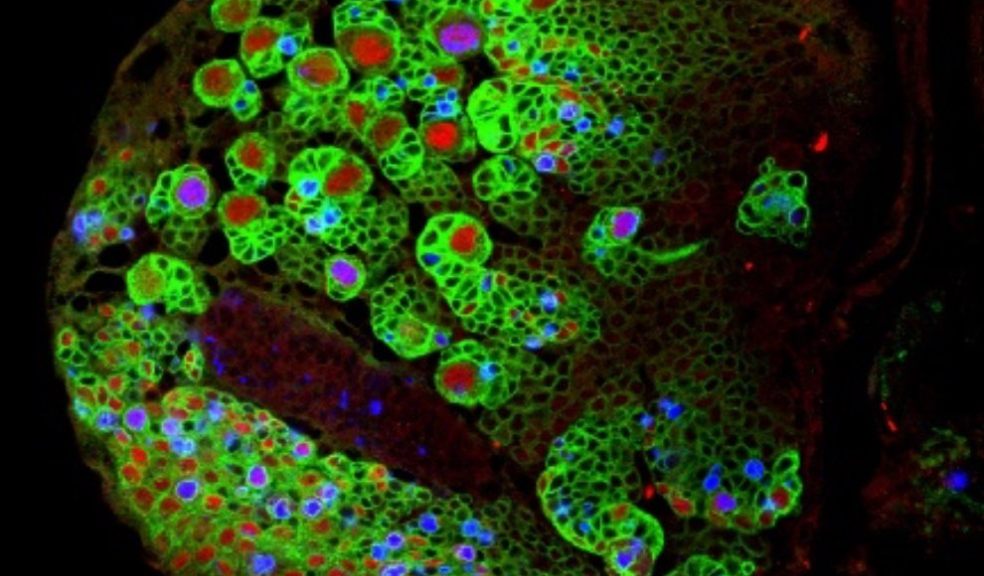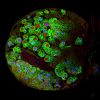
Humble fruit fly could help find brain tumour cure
The humble fruit fly is helping scientists who are working to find a cure for brain tumours.
And the tiny insect, often viewed as a household nuisance, has helped researchers to better understand mechanisms which turn a healthy cell into a tumour cell.
The work is taking place at the Brain Tumour Research Centre of Excellence at the University of Plymouth and is helping us get a better understanding of glioma tumours, which include low and high-grade types with glioblastoma (GBM) being the most commonly-diagnosed high-grade brain tumour in adults.
Sam Suriakumar, a self-employed recruitment consultant and part-time musician from Worcester Park, South West London, was diagnosed with a low-grade glioma after suffering a cluster of grand mal seizures whilst on the train on his way home from work in February 2020.
The 38-year-old’s tumour was being monitored on a ‘watch and wait’ approach until a scan last July showed it had grown. He is now undergoing chemotherapy, having already had surgery and radiotherapy.
The father-of-two said: “It’s amazing to think that something as little as a fruit fly could help improve our understanding of tumours like mine and how best to treat them. It’s really exciting news and serves as an important reminder of the need for greater investment in research to help get us to our goal of finding a cure sooner.”
Dr Claudia Barros and her team have uncovered “readying” processes which occur just prior to brain tumour onset that could be vital for tumour growth – more work is needed to understand these very early changes but slowing or preventing tumour growth is vital in improving quality of life and survival rates for patients.
Dr Barros said: “The research contributes to understanding of how brain tumours could form and has opened up avenues of research to find new potential drug targets towards novel therapies for patients with glioma tumours.”
“Using the fruit fly Drosophila as a model, we have been able to identify and examine cells at the very initial stages of brain tumour formation inside the brain. These cells have most striking differences in their metabolic and protein balance landscape compared to normal cells.”
Using the data they uncovered, the research team identified a mechanism by which a protein known as HEATR1 – the overexpression of which is linked to poor prognosis in glioma – works with the major growth regulator known as MYC and is required to increase the production of ribosomes, which are essential cellular machinery for brain tumour growth.
Glioma tumours vary from low-grade to high-grade and include glioblastoma (GBM), a grade 4 glioma, which has a very stark prognosis with just 5% of those diagnosed surviving for more than five years.
Dr Karen Noble, Director of Research, Policy and Innovation at Brain Tumour Research, said: “There is much work still to be done but these early findings are significant because, with more investigation, it could help us develop new treatments which will target tumour cells more effectively and so improve outcomes for patients.”
The work has recently been published in EMBO Reports.
Brain tumours kill more children and adults under the age of 40 than any other cancer yet just 1% of the national spend on cancer research has been allocated to this devastating disease since records began in 2002.
Brain Tumour Research funds sustainable research at dedicated centres in the UK. It also campaigns for the Government and larger cancer charities to invest more in research into brain tumours in order to speed up new treatments for patients and, ultimately, to find a cure. The charity is the driving force behind the call for a national annual spend of £35 million in order to improve survival rates and patient outcomes in line with other cancers such as breast cancer and leukaemia.













